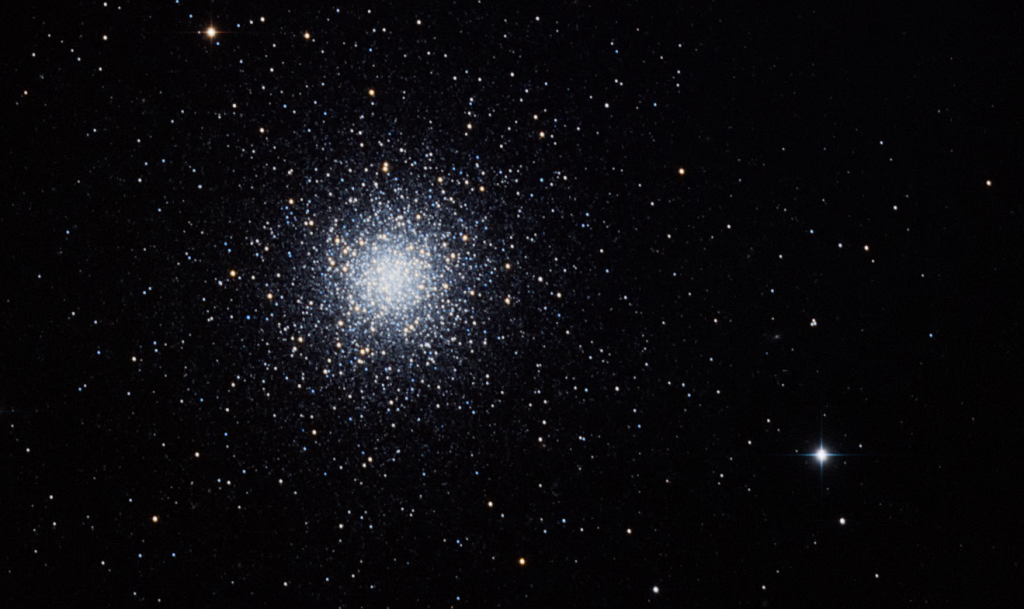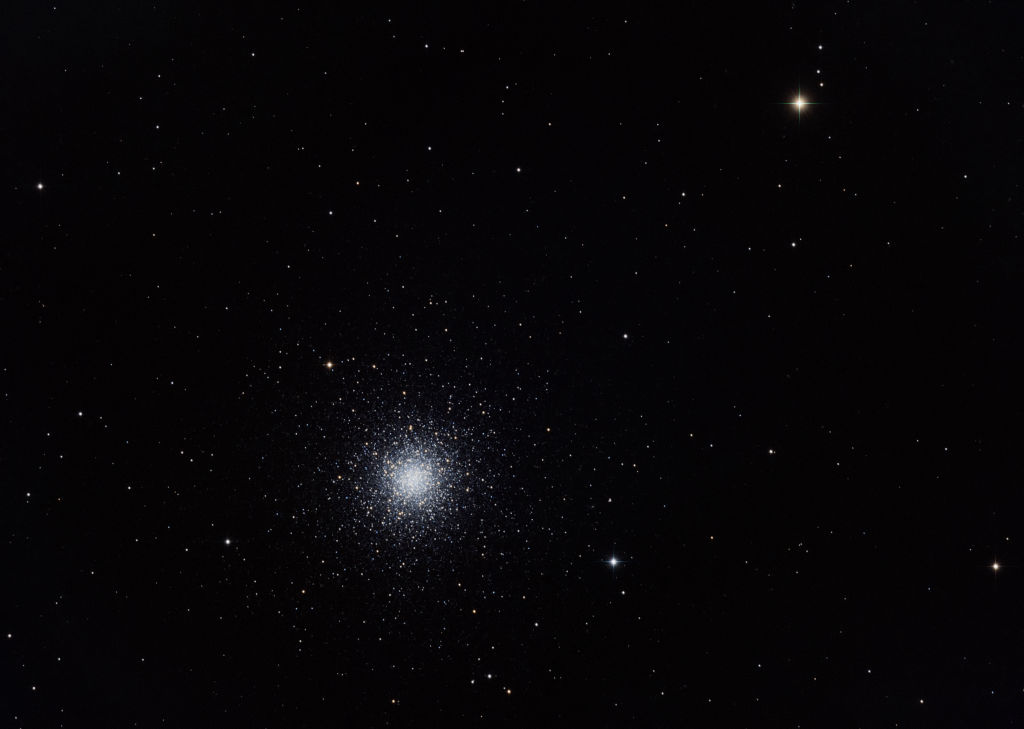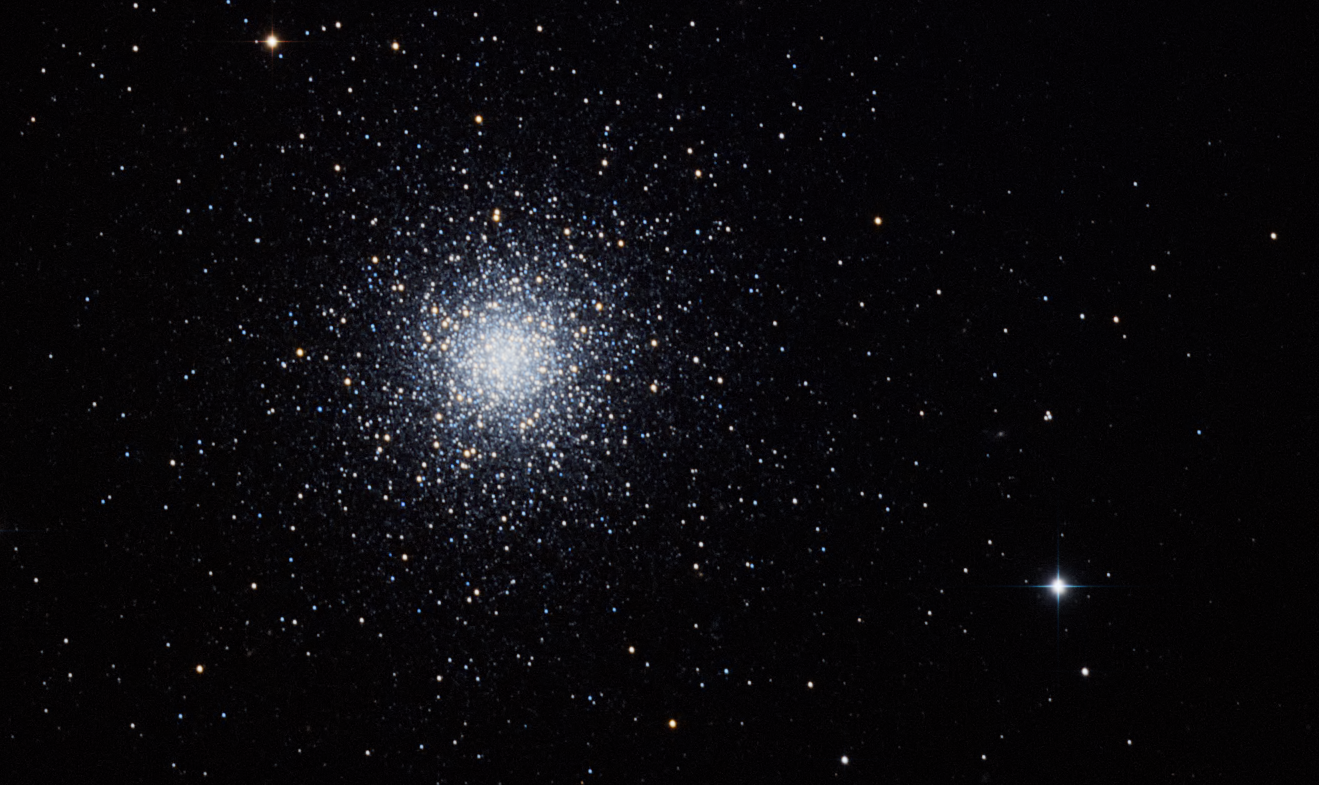
Similar Posts
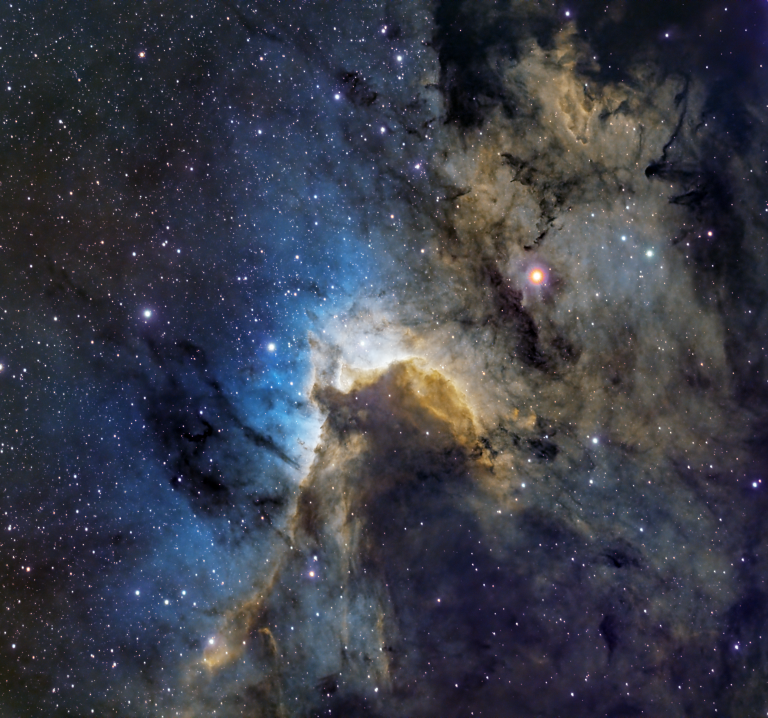
The Cave Nebula
Formally SH2-155, the Cave Nebula lies about 2,400 light-years away within the constellation Cepheus. It’s part of a much larger region of gas and dust (called a molecular cloud). This region is mostly ionized Hydrogen, but there’s just enough Oxygen – blue in this image – to make for a pretty picture. Capturing that Oxygen…
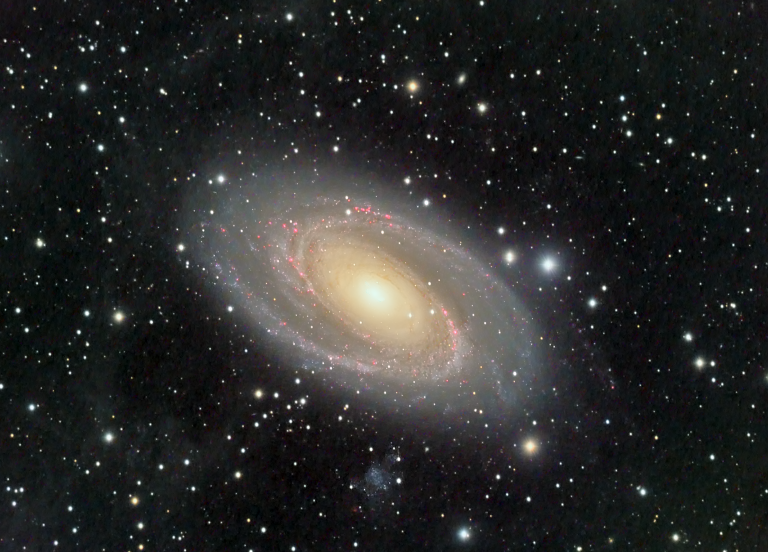
Another year, another Bode’s Galaxy image
Every year I try to take a better image of M81, Bode’s Galaxy. It’s located about 12 million light-years away, which is unfathomably far but close by galactic standards. Look closely, and you’ll see a faint splotchiness in the background. This is the Integrated Flux Nebula (IFN,) composed of gases that lie just outside of…
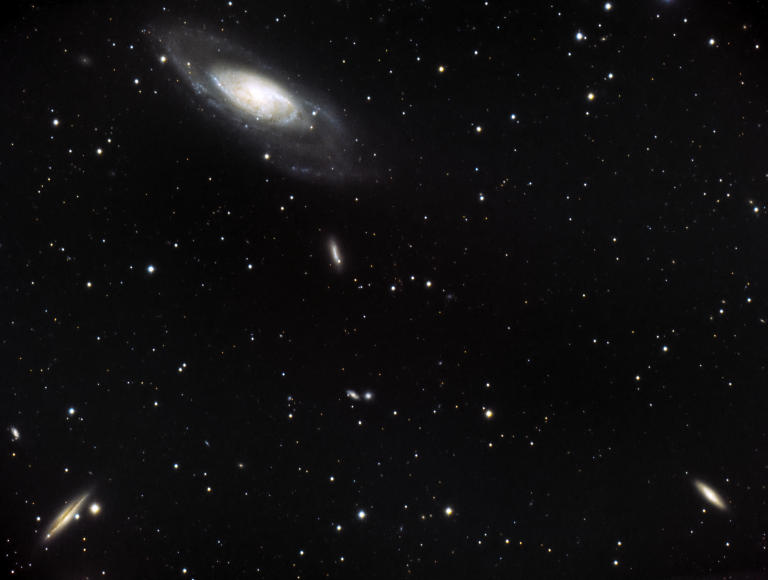
The galaxy M106
The larger galaxy in this image goes only by the boring name “M106”, but it’s anything but boring. About 23 million light-years away, M106 is pretty similar to Andromeda in its size and brightness. But M106 is a lot weirder. In addition to its slightly warped shape, M106 is the home of a giant water-vapor…
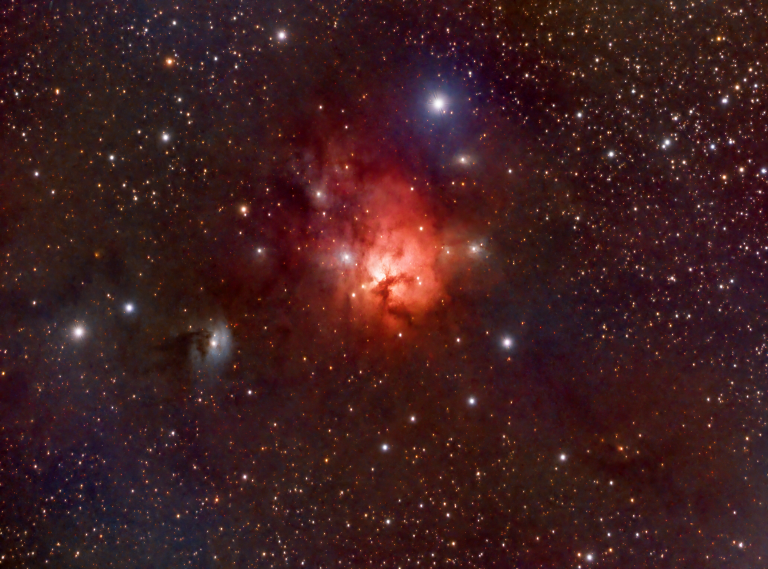
The Northern Trifid Nebula
Formally NGC1570, the “Northern Trifid” is a combination of an emission nebula (the red parts, which is ionized Hydrogen emitting its own light) and a reflection nebula (the blue parts, which is starlight reflecting off dust.) You can also see hints of the dust surrounding this area, which is difficult to capture under the light-polluted…
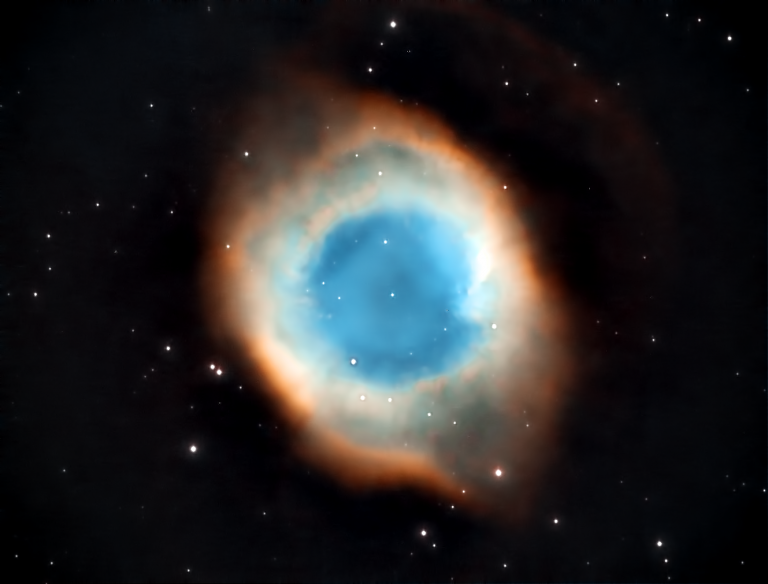
The Eye of Sauron
The Helix Nebula is also known as the Eye of Sauron or the Eye of God.
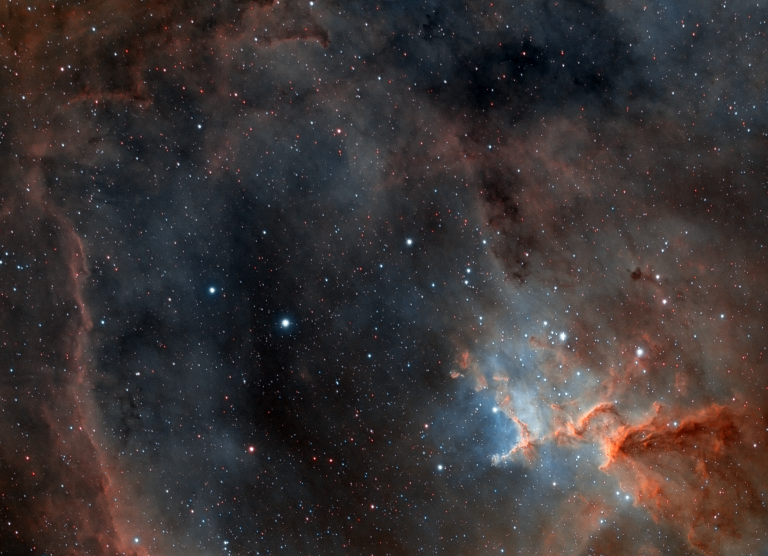
The Heart of the Heart Nebula
The Heart Nebula is a little too big to fit within the field of view of my telescope, but its inner “heart” is interesting in its own right. This is star cluster Melotte 15, formed from the gases within the Heart Nebula – and some of that gas remains, forming interesting clouds and formations where…

